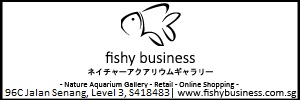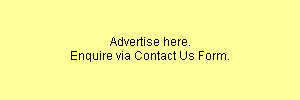Looks like you know quite well where you went wrong.
Keep temperatures down (turn off whatever unessential electrical appliances on the tank like lights), and pH down too (within limits of your fishes tolerance). This will help reduce the toxic ammonia to non-toxic ammonium ratio.
Add salt (again within tolerance limits of your fishes). It helps against ammonia poisoning. Search the web for more info on this.
Aerate the tank vigourously. Ammonia poisoning basically affect the fish gills which then reduces their ability to breathe. So oxygenate the tank.
Add whatever bacteria additives you want to get.
If possible get some used media from another member's tank... enough to replace half your current media.
Change water daily... if the fishes seem affected. Remember chlorine from new water can kill the filter bacteria, so as much as possible try to avoid water change. Remember to use anti-chlorine. Best if you can collect a few pails of water, add anti-chlorine/chlormaine and let the water age at least 24 hours before you use them to change your tank water.
Stop feeding... the fish can last without food for quiet a while. No food = no waste = less ammonia.
Last of all, if you can prevent your gold fish from eating them, add lots of floating plants... they are instant ammonia consumers. Water hyacinth, Water lettuce, Frog bits, etc. You can try partitioning off half of your tank and dump plants on the side without fish. Add LOTS of plants. Make sure the window shades, curtains, etc are open to give the plants as much light as possible.
You can also consider getting floating breeding nets and put the plants in them.
If you partition, make sure the circulation is good... you don't want the partition to make things worse by restricting the flow on one side of the tank. Best if the inlet is in one side of the partition and the outlet on the other.
Dada-da-daaa-da, dada-da-daaa-da, dada-da-daaa-da, dada-da-da... (Flight of the Valkerie, for people who remember/know Apocalypse Now)














 Reply With Quote
Reply With Quote




Bookmarks